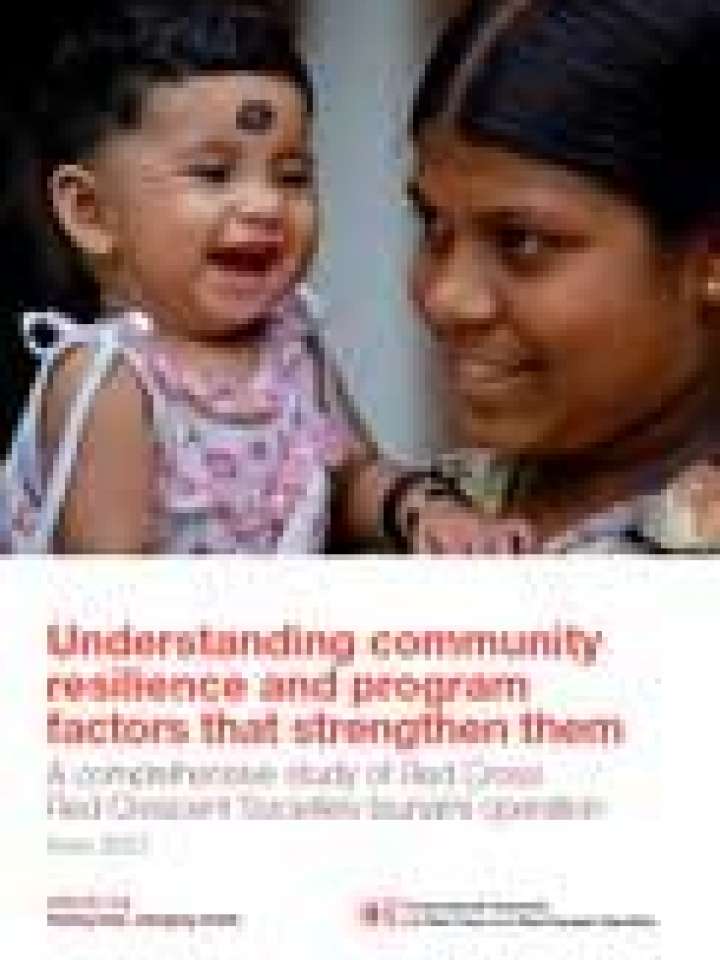Understanding community resilience and program factors that strengthen them
A comprehensive study of Red Cross Red Crescent Societies tsunami operation, June 2012:
This study documents IFRC’s response and recovery operation in the aftermath of the 2004 Indian Ocean tsunami. Over 4.8 million people benefited from a wide range of Red Cross Red Crescent support that included reconstruction of physical infrastructure such as homes, schools and health facilities as well as long-term recovery and disaster risk reduction programming. It reflects the scale of what is recorded as the deadliest tsunami in history – one that swept through coastal areas of Indonesia, Sri Lanka, the Maldives, Thailand, and ten other Indian Ocean countries.
It asks, 'What is resilience?' and provides examples of the characteristics of a safe and resilient community, asserting it is knowledgeable and healthy, organized, connected, has infrastructure and services, economic opportunities, and can manage its natural assets.
It further details the impact of RCRC CBDRR programmes on community safety and resilience; what a community-based disaster risk reduction programme is; the challenges of scale and success: identifying key determinants of success in CBDRR. It concludes with a chapter on the way forward.
